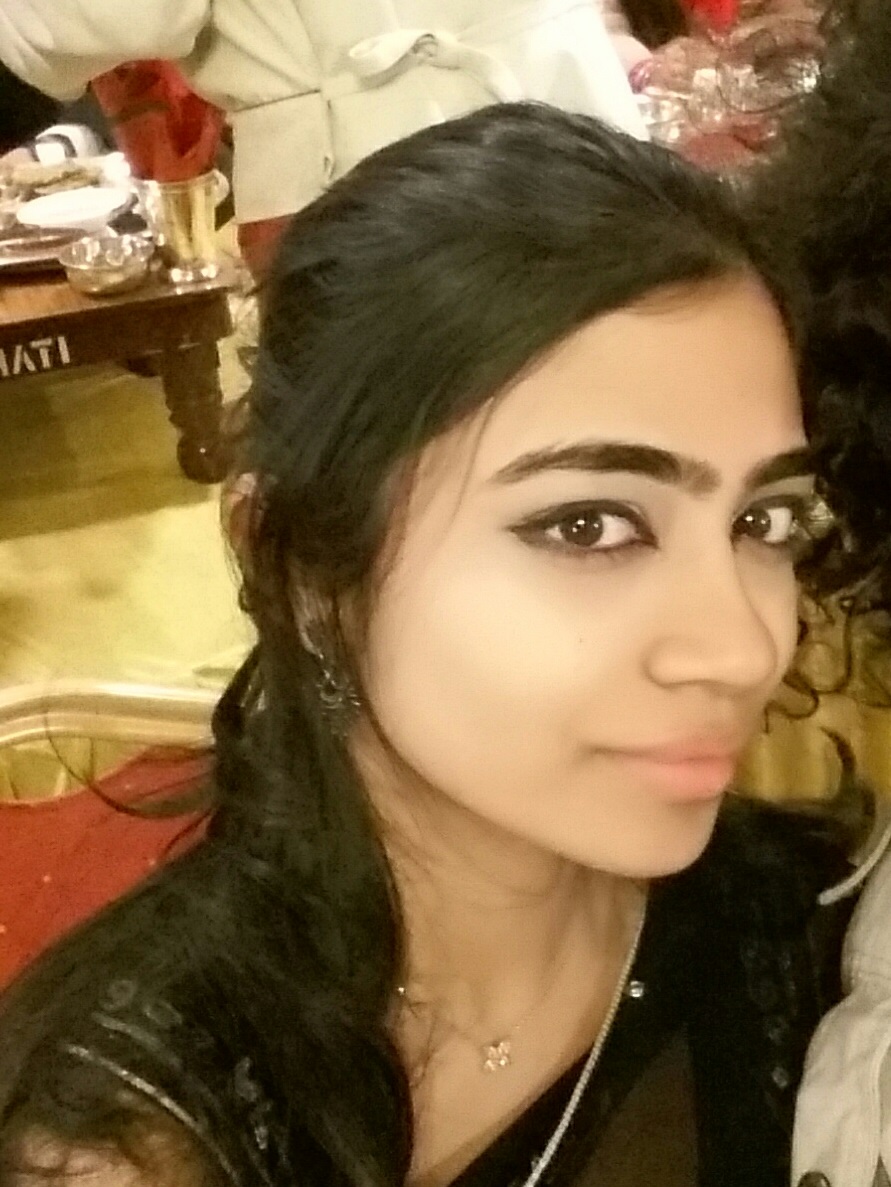26 Jan How To Say “OM” At Home
You know that you can meditate to sleep better which can automatically bring you inner peace and relaxation!
When the body is relaxed, you are relaxed. This is a great way to remove stress from our everyday lives. BUT children and especially,mini-adults as I call them (teenagers), forget the need to sleep on time.As the world has changed so much over the past century, younger generations experience a lot more stress and sleepless. So one of the effective ways to get in some snooze is through meditation.
These days, kids go through immense stress levels and anxiety issues at school. Teenagers are also so different compared to the teens 10 years ago. With all the added pressures of fitting in at work, and with catching up to the latest technology for an amazing presentation or an advertisement, for example, adults have also changed over the ages. Stress seeps in and staying healthy mentally and physically goes out the window.
An effective way to cope up with today’s DEMANDS is by doing meditation. Your body demands sleep, but your boss demands work. It is necessary to follow the proper way to practice BALANCE. This is where meditation makes a grand entrance!
For a complete meditation experience, there are a few basic requirements. One needs to take care of certain things which appear to be simpler, but has a greater impact on the entire process. Let us take a look at few tips that beginners should take into consideration while practicing meditation.
- KNOW THE PURPOSE OF MEDITATION: Meditation is taken up,to calm the mind, connect with the inner self, to breathe better, to improve health, to visualize goals, to control anxiety, to improve creativity, to become compassionate, to be mindful, etc.So identify why you really want to meditate and then move ahead.
- PLAN A TIME FOR MEDITATION: For beginners, it’s important to choose a convenient time to meditate. It is better to follow the same time each day for this purpose. This way you have a disciplined approach to actually achieving your purpose of meditation. Ancient literature states that dusk and dawn are ideal for practicing meditation.
- SELECT A CALM AND QUIET PLACE: Choose a place devoid of disturbances. Switch off all electrical gadgets. The place can also be made pleasant with aromatic candles or incense sticks or scented flowers. Meditation in dim light also has a calming effect. Playing some meditation music can also help.
- WEAR COMFORTABLE CLOTHING: Remove any kind of footwear, so that you can sit in a relaxed pose. As it is important to avoid distraction during meditation, wear clothes that you feel cozy in. Don’t wear anything too tight or itchy.
- START WITH STRETCHES AND WARM UPS: With meditation, just like any other exercise, you need to stretch the muscles before you begin. Warm ups remove restlessness, improve blood circulation and make the body feel lighter and energetic. This is important as it enables to sit in a meditative pose for a longer duration. A good warm up is any breathing exercise that involves a lot of exhalation.
- CHOOSE A SIMPLE BASIC MEDITATION PROGRAM: For beginners, meditation can be practiced by simply sitting in a quiet place and focusing on breathing. As you get accustomed to this, other ways of meditation can be practiced. Avoid using a difficult pose during the initial steps of learning. In the beginning, one can sit on the floor or a chair or cross-legged. Avoid using a cozy couch of bed as you may fall asleep during meditation.
- MEDITATING IN A COMFORTABLE POSTURE: The posture during meditation is an important factor for a successful session. Sit comfortably, stay relaxed and steady if possible in Padmasana or the lotus pose. It is advised to sit straight, keep the neck and shoulders relaxed and the spine erect. The eyes should be closed during meditation.
- DO IT ON AN EMPTY STOMACH: In the beginning, it is easier to meditate when the stomach is empty. Do not meditate when you are extremely hungry as food will dominate your mind instead of meditation. It is recommended to wait at least for two hours after a complete meal or an hour after a snack or any caffeine drink. The digestive system shouldn’t cause a hindrance to peaceful meditation.
- PRACTICE DEEP BREATHING: Deep breaths and meditation go hand in hand. Concentrate on deep breathing to focus the mind on meditation. The breathing rhythm also helps the mind to reach a meditative state.
- KEEP A PLEASANT SMILE ON THE FACE: Smiling relaxes you during meditation and imparts an eternal peaceful experience. Smiling can ensure a great meditation session. At the end of the meditation, always remember to open your eyes slowly.

Nehita is a mindfulness expert who writes extensively on lifestyle management, wellness and ways to lead a healthier and a happier life. She is a part of Aware’s expert team on meditation. She is also an avid artist who spends most her time dribbling amazing stories through art.





No Comments